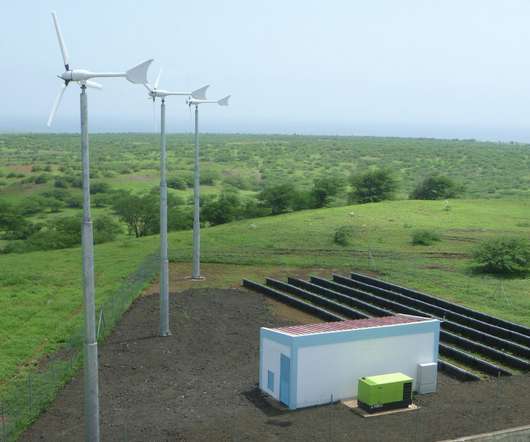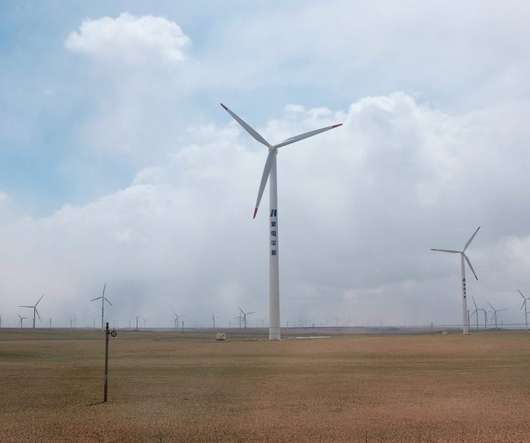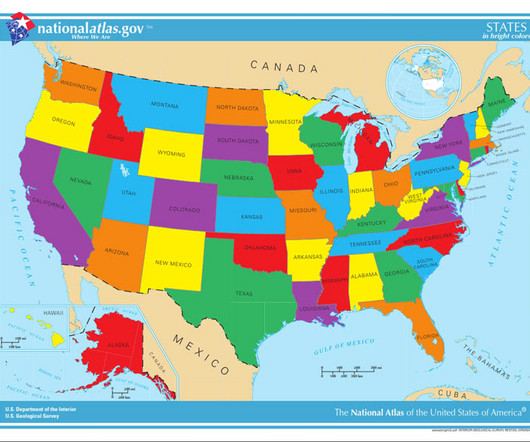How Are Lithium-ion Batteries that Store Solar and Wind Power Made?
Union of Concerned Scientists
DECEMBER 22, 2022
Batteries can also be used to assist with peak electricity demand; currently instead of batteries, fossil fuel-powered “peaker plants” are often used to supply energy during high-demand periods. Despite being used infrequently, these plants are inefficient and highly polluting, and contribute to US carbon emissions.














Let's personalize your content